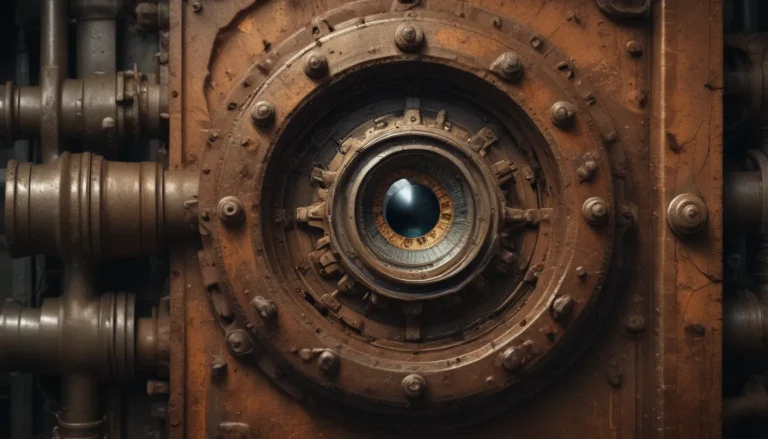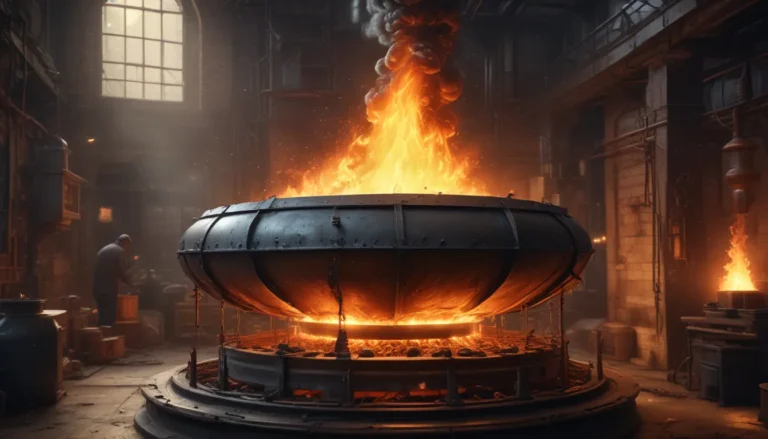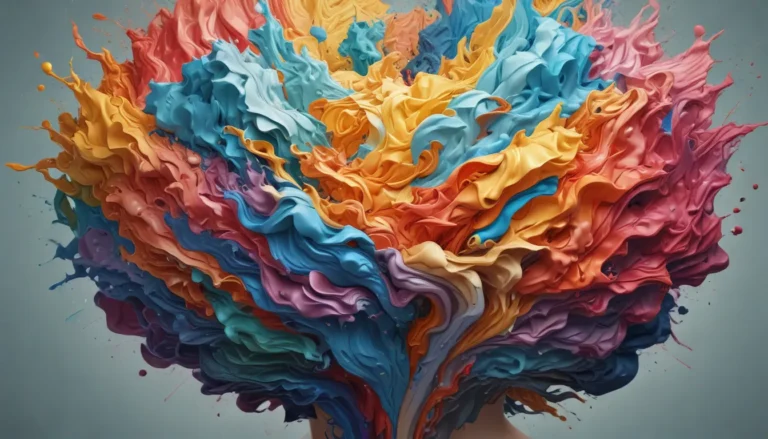A Note About Images: The images used in our articles are for illustration purposes only and may not exactly match the content. They are meant to engage readers, but the text should be relied upon for accurate information.
Are you ready to delve into the captivating world of chemistry and unravel the mysteries of ion-dipole interactions? These powerful forces, bringing ions and polar molecules together, play a crucial role in various chemical processes, from solvation to biochemical reactions. Join us on a journey through the enigmatic realm of ion-dipole interactions as we uncover 20 intriguing facts about this phenomenon. Let’s unlock the science behind these fascinating interactions and discover their vital role in shaping the world of chemistry and materials science.
Understanding Ion-Dipole Interactions
Ion-dipole interactions are electrostatic attractions between ions and polar molecules, resulting from differences in charge distribution. These interactions are the strongest type of intermolecular forces, surpassing other forces like hydrogen bonding and van der Waals interactions. Ion-dipole interactions are responsible for dissolving salts in water, essential for various biochemical processes, influencing solvent properties, and promoting electrolyte conductivity.
The Impact of Ion-Dipole Interactions
- Ion-dipole interactions influence the physical properties of solvents, affecting boiling points, melting points, and viscosity.
- These interactions can manipulate the outcome of chemical reactions by altering reaction rates and equilibrium.
- They play a crucial role in materials science, allowing for the design of materials with specific properties like magnetism and conductivity.
- Ion-dipole interactions are influenced by the size and charge of ions, with larger and highly charged ions exhibiting stronger interactions.
- Compounds with stronger ion-dipole interactions are generally more soluble in polar solvents.
Applications of Ion-Dipole Interactions
- Ion-dipole interactions are essential in electrolyte solutions, promoting conductivity through the movement of ions.
- They can affect the solubility of gases in liquids, enhancing or hindering dissolution.
- These interactions play a role in electrochemistry processes like electrode reactions and ion transport.
- Ion-dipole interactions influence the stability of crystal structures by determining structural arrangements.
- They are utilized in techniques like reverse osmosis for water purification and ion exchange chromatography for mixture separation.
Mysteries Unraveled
The study of ion-dipole interactions continues to captivate researchers in physical chemistry and materials science. By unraveling these enigmatic interactions, we gain insights into molecular behavior and pave the way for innovative technologies and materials. The intricate dance between ions and polar molecules holds the key to unlocking the secrets of chemical behavior and creating a world of endless possibilities in science and technology.
Conclusion
In conclusion, ion-dipole interactions are fundamental to understanding the behavior of ions in solutions and the dissolution of ionic compounds. These interactions shape the world of chemistry, materials science, and biochemistry, influencing various processes and properties. As we continue to explore the mysteries of ion-dipole interactions, we deepen our understanding of molecular interactions and pave the way for groundbreaking advancements in science and technology.
FAQs
Q: What are ion-dipole interactions?
A: Ion-dipole interactions occur between charged ions and polar molecules, forming bonds based on their opposite charges. These interactions are crucial in chemical processes and solution behavior.
Q: What is the significance of ion-dipole interactions?
A: Ion-dipole interactions are essential for understanding ion behavior in solutions, the dissolution of ionic compounds, and processes like ionic conductivity and biological reactions.
Q: How do ion-dipole interactions impact solution properties?
A: Ion-dipole interactions affect properties like boiling points, freezing points, and viscosity of solutions, influencing the dissolution of ionic compounds.
Q: Can you provide an example of ion-dipole interactions in daily life?
A: Table salt dissolving in water is an example of ion-dipole interactions. The positive sodium ions attract the negative ends of water molecules, while the negative chloride ions attract the positive ends, creating a solution.
Q: How are ion-dipole interactions different from other intermolecular forces?
A: Ion-dipole interactions involve ions and polar molecules specifically, making them stronger than other intermolecular forces like hydrogen bonding and van der Waals interactions.
Embark on a journey through the mesmerizing world of ion-dipole interactions, where the language of molecules reveals the secrets of chemical behavior and material science. Delve into the fascinating realm of molecular interactions and witness the marvels of nature at the microscopic level. Join us in uncovering the mysteries of chemistry and unlocking the door to endless possibilities in science and technology.






